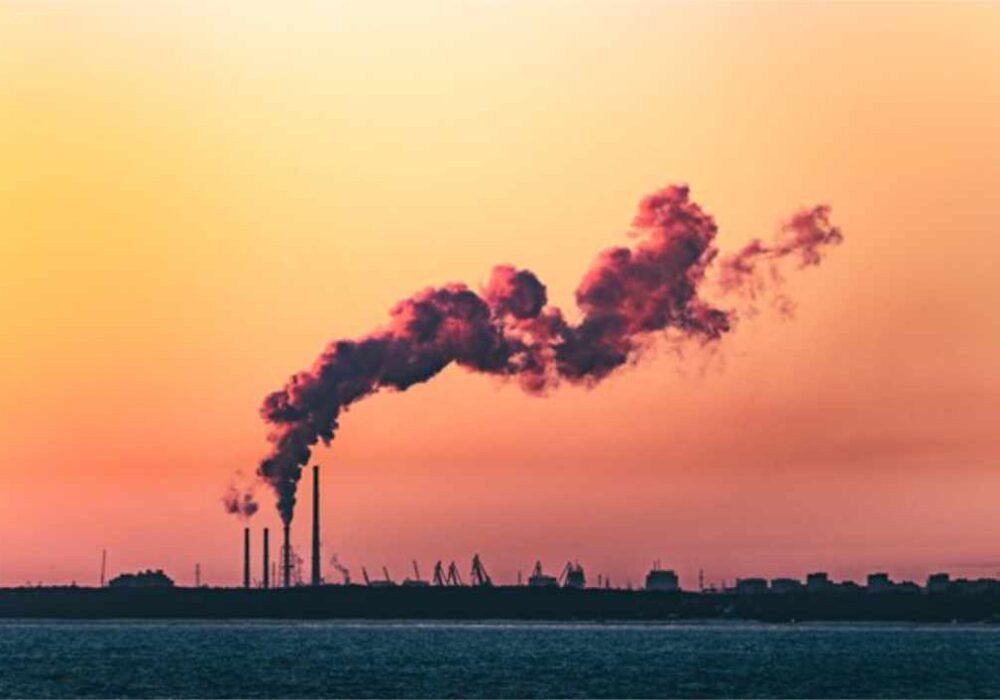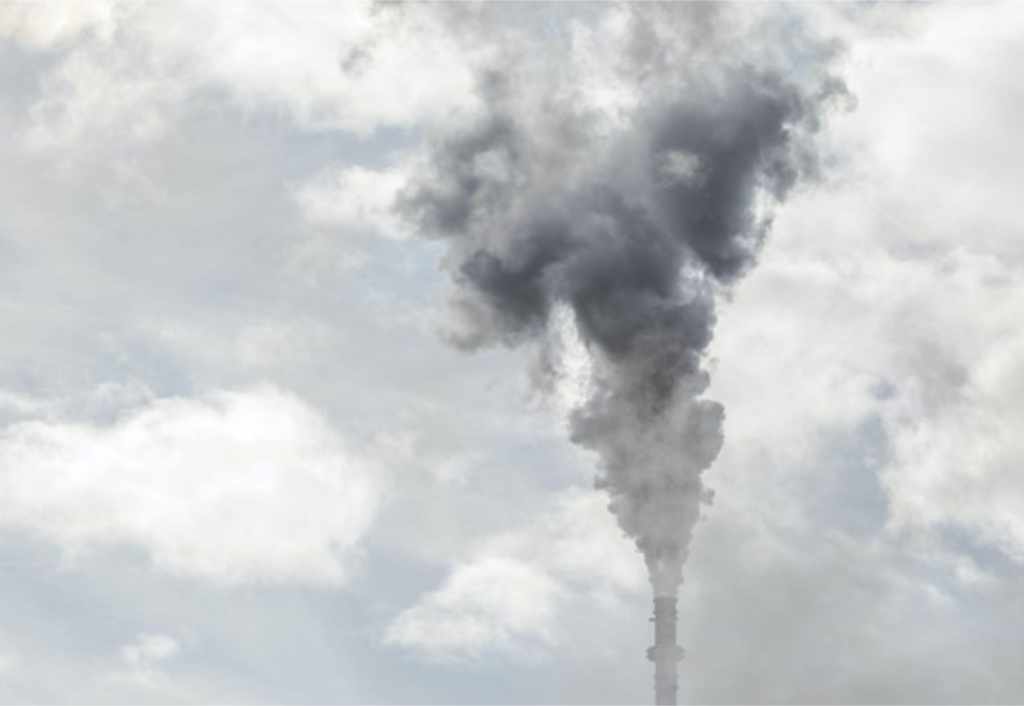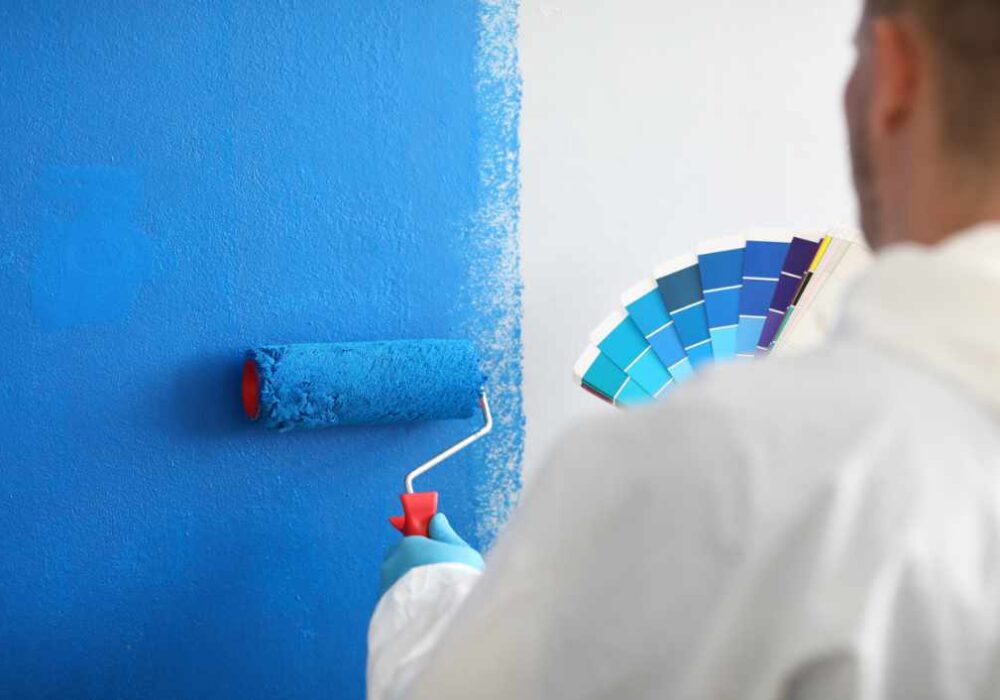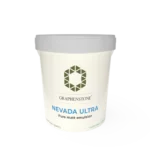Are you standing in the paint aisle, overwhelmed by the endless choices and unsure what…

Beyond CO2: Everything you need to know about Carbon Dioxide Equivalent (CO2e)
You probably hear a lot about carbon dioxide (CO2) emissions and how important it is to reduce the amount of carbon we’re releasing into the atmosphere. Burning fossil fuels is the leading cause of CO2 emissions, and therefore global warming. But focusing solely on CO2 emissions is leaving out an important factor—other greenhouse gases.
Global warming isn’t caused only by carbon dioxide. There are other gases playing a huge role too. CO2e helps us measure exactly that—the other greenhouse gases contributing to the warming of our planet and to climate change.
In this blog, we’re exploring the difference between CO2 and CO2e, why it matters, and small, impactful ways to lower your carbon footprint.
What is CO2e?
CO2e stands for carbon dioxide equivalent and it’s the total amount of greenhouse gas emissions in terms of the equivalent measurement of carbon dioxide. This means that CO2e measures the impact of greenhouse gases and gives us an accurate picture of their impact on global warming.
Carbon dioxide isn’t the only gas causing global warming—even if it’s often portrayed as the main villain. CO2 is the gas we’re releasing the most, but there are many greenhouse gases that contribute to climate change and global warming too. And to face this challenge, we must look at the bigger picture.
We must see beyond carbon dioxide emissions and focus on all greenhouse gas emissions. Using CO2e allows us to do that.
CO2e vs CO2—What’s the difference?
CO2 stands for carbon dioxide and when we speak about emissions, it measures only that—carbon dioxide.
On the other hand, CO2e is used as a way to compare the impact of different greenhouse gases. All greenhouse gases have a different global warming potential (GWP), and if we only focus on CO2, we’re not creating an accurate picture of our emissions.
The Intergovernmental Panel on Climate Change (IPCC) by the United Nations created this equivalent so we can understand and compare the impact of all emissions—not just carbon.
Understanding greenhouse gases and Global Warming Potential (GWP)
To understand the concept of CO2e, you have to understand greenhouse gases, global warming potential, and how these are linked to the rise of temperatures.
Greenhouse gases are any gas that’s trapping heat in the atmosphere. They exist in the atmosphere naturally, and they’re essential for life on earth. Through the greenhouse effect, these gases help regulate the temperature of the planet.
As with everything, it’s important to have a balance. Yes, greenhouse gases are essential—but releasing too many creates disharmony in the atmosphere. And that’s exactly what we’re doing.
We’re currently releasing around 50 billion tonnes of CO2e each year. This is disrupting the Earth’s carbon cycle and it’s the main cause of global warming and climate change.
Global Warming Potential (GWP) is the capacity of a greenhouse gas to trap extra heat in the atmosphere over time in relation to carbon dioxide (CO2). This measure allows us to compare the real impact different greenhouse gases have.
Different greenhouse gases have different Global Warming Potentials
CO2 is used as the standard, therefore has a GWP of 1. Methane has a GWP of 27-30 over 100 years and Nitrous Oxide (N2O) has an astonishing 273 GWP over a 100-year period.
As you can see, releasing one ton of CO2 and 1 ton of N2O have very different effects on the planet’s atmosphere.
Carbon capture paints help you reduce greenhouse gas emissions
At Graphenstone, creating harm-free, sustainable paints and primers has always been a top priority. We’re one of the most certified paint companies in the world. And we strive to reduce not only carbon emissions but all greenhouse gas emissions.
One of the ways we’re achieving this goal is with the carbon-capture technology of our paints. Through a natural process called “The Lime Cycle”, our paints absorb CO2 from the atmosphere and from your home and indoor spaces.
The way this process works is by carbonation. Slaked lime becomes limestone by absorbing carbon from the environment it’s in—inside or outside.
A 15-litre tub of our Ambient Pro+ paint absorbs up to 5 KG of CO2 during the curing process. This has a significant impact on your home’s air quality. Plus, when used to paint big structures, the impact is bigger.
The more you paint, the more carbon dioxide is absorbed from the atmosphere.
This is a small, simple way you can contribute to reducing CO2 emissions and creating a healthier home environment.
To fight climate change, we must move beyond CO2
Carbon emissions are responsible for over 80% of all greenhouse gas emissions—but that doesn’t mean the other gases don’t matter. We have to widen our focus and look at the big picture if we want to create real, sustainable change on the planet.
Looking at CO2e allows you to see the real impact a product has, and the impact of your daily choices. If a company is looking only at its CO2 emissions, but it’s overlooking other greenhouse gases like methane, they’re not being honest about the true impact of its products.
There are many ways to reduce greenhouse gas emissions, especially in daily activities. As a person or a company, you have the opportunity to have a real impact.
When it comes to greenhouse gas emissions, little things add up. That’s why it’s important to look at all those little things and places where we can easily reduce emissions. This is where our carbon-capture technology excels at!
The Graphenstone Way
We’re in the midst of an environmental crisis, and to create a sustainable future, we have to shift away from toxic, oil-based paints and products. It’s essential that we take steps towards a life that’s in harmony with nature and the planet.
Our natural paints and primers help you take those first steps into a healthier, more sustainable life. From using no plastic to improving air quality, our paints are paving the way for a future where we don’t have to worry about climate change.
The quality of our paints goes beyond being natural. They’re easy to use, fully breathable, and come in 96 luxurious flat matt colours. Plus we colour match and have a full range of over 1,000 shades. And of course, all our paints are safe for your children’s room.
Impactful Ways to Reduce Your CO2e Emissions
There are many ways that you can reduce your emissions. As we said, little things add up when it comes to emissions, and making small changes has a big impact over time. We all have a responsibility to our planet, and to see real change, we must change.
These are 3 small changes you can make to reduce your emissions
Eat more plant-based meals.
The agriculture industry is the second biggest driver of emissions globally. Meat and dairy products have a large emission footprint and simply opting to eat more plants makes a huge difference. Fun fact: cows’ burps are one of the biggest sources of methane emissions!
Switch to natural paints.
Traditional paints have a heavy footprint from production to application—and they continue releasing VOCs and other gases after application. Graphenstone paints absorb CO2 and their production doesn’t use oil, or plastic, and doesn’t require fossil fuels. Small change, big impact!
Use public transportation.
If you usually drive, you can significantly reduce your emissions by choosing to use public transportation. You can also opt for biking, which is also good for your health.
Paint the Natural Way
Make a positive impact on the planet today and create a healthier, safer home environment with our wide range of natural paints. But don’t take our word for it:
“Love love the paints from Graphenstone
Love love the paints from Graphenstone! The beautifully rich colour, easy and smooth application and the fact that you can’t smell any harmful toxins is the reason I keep going back to Graphenstone for any new room I want painted!” — Rebecca
Shop Eco Paints








This Post Has 0 Comments